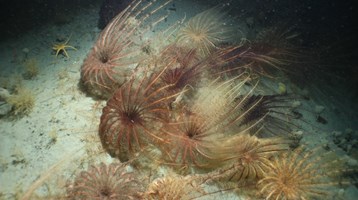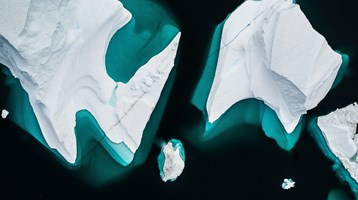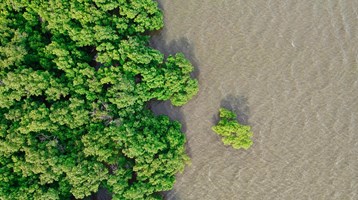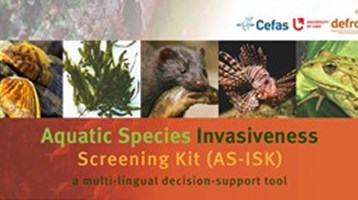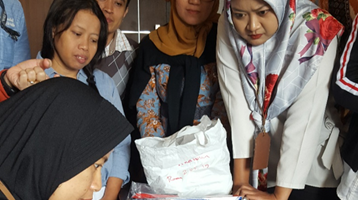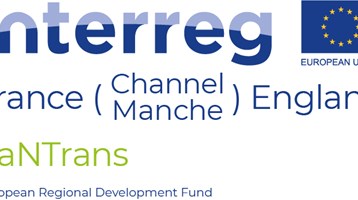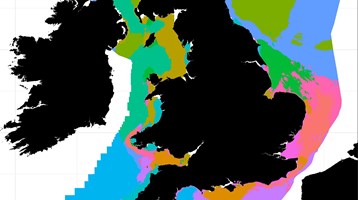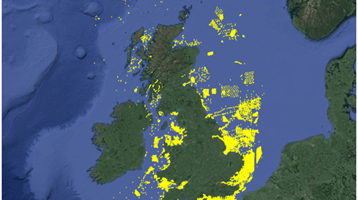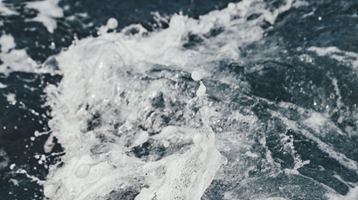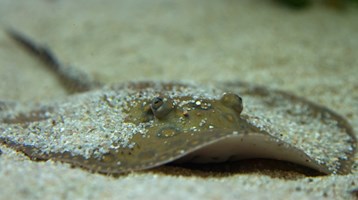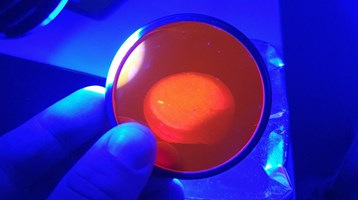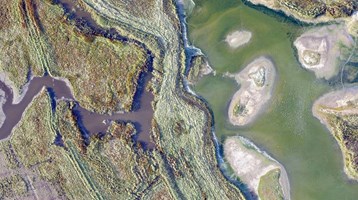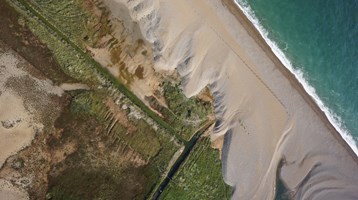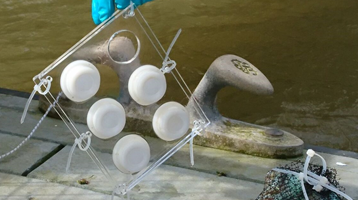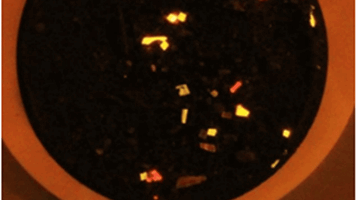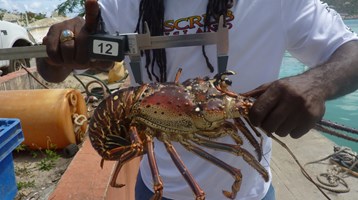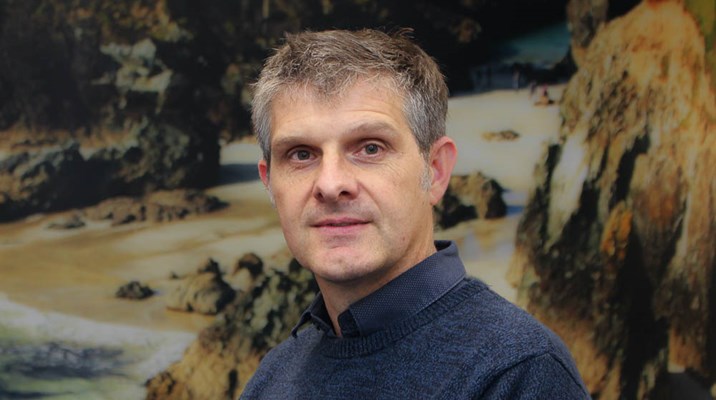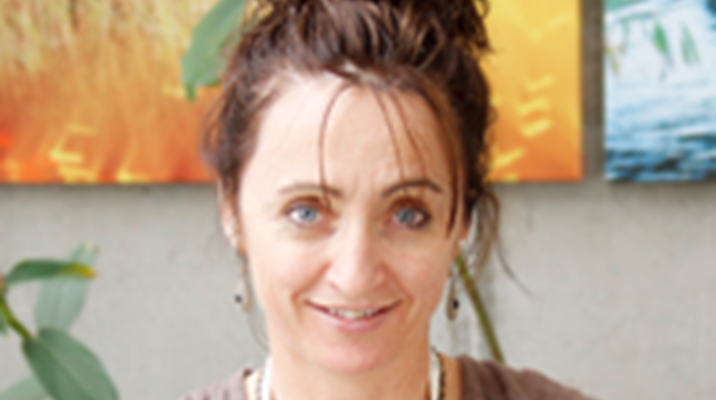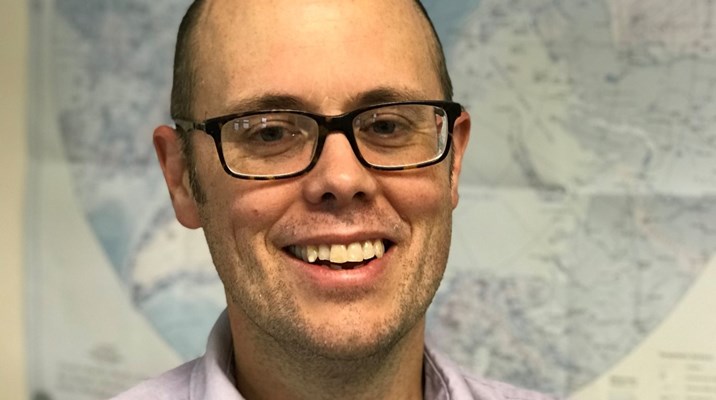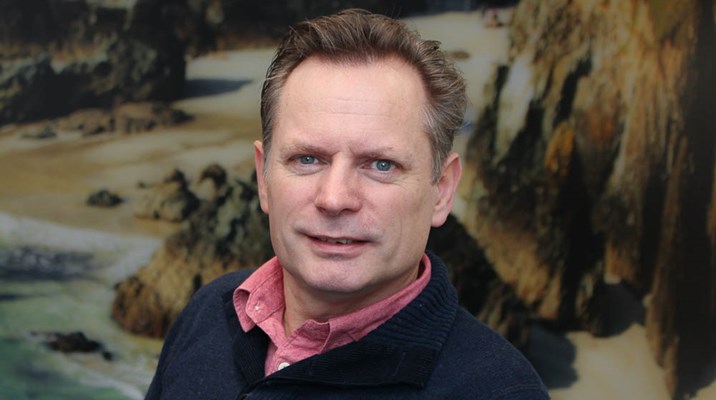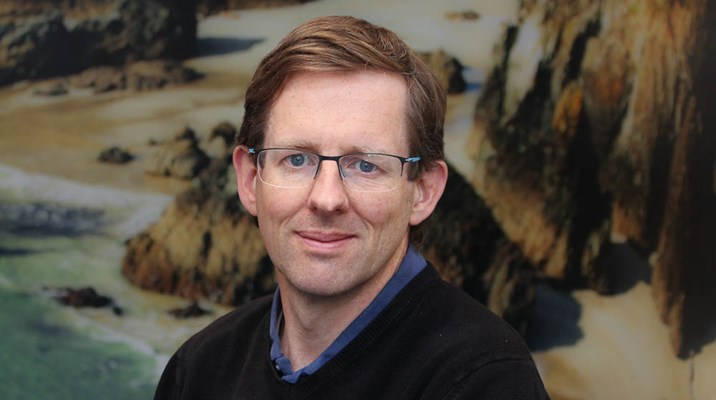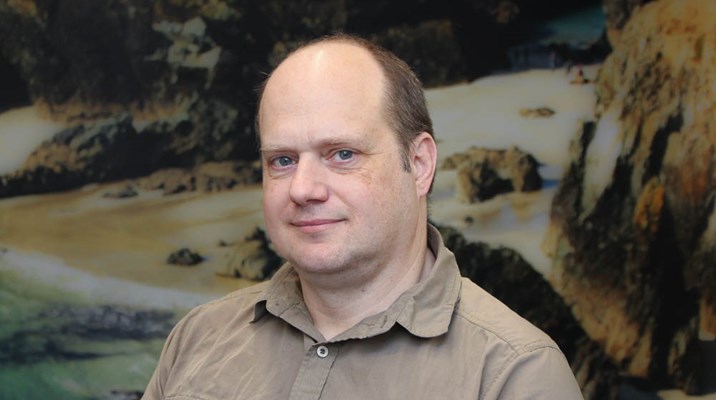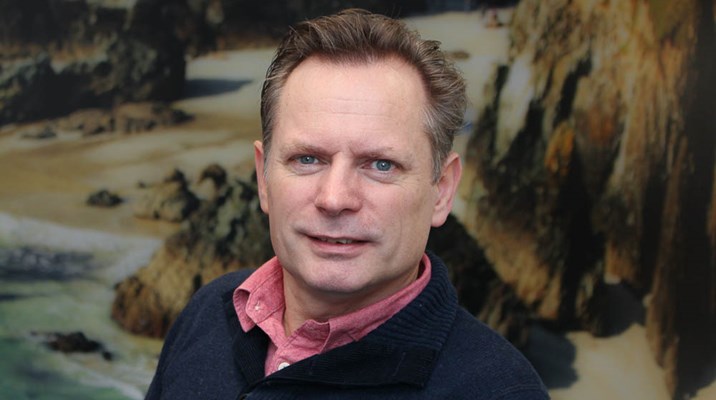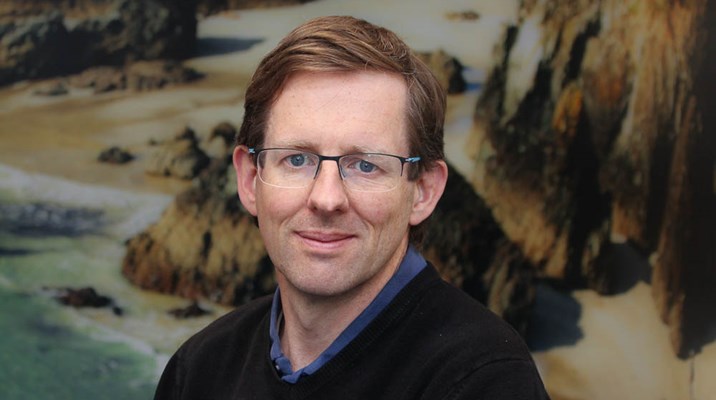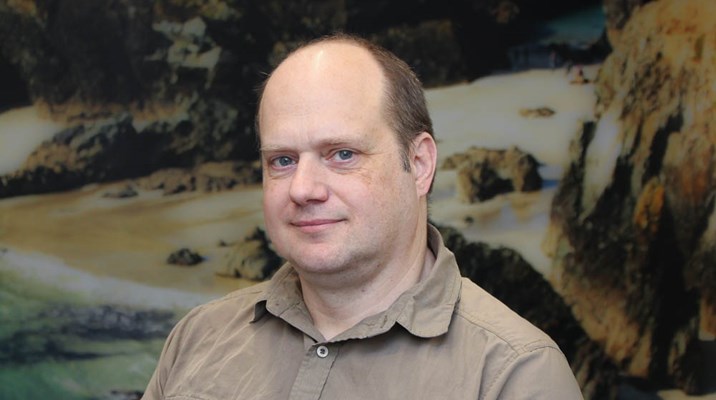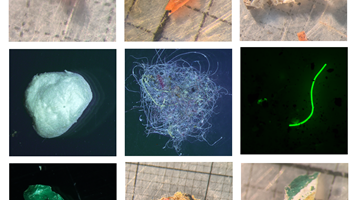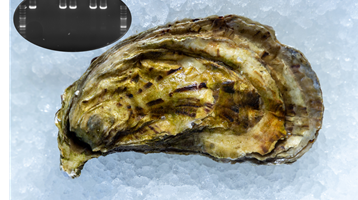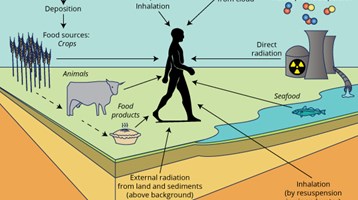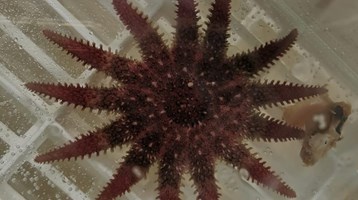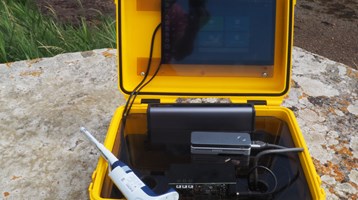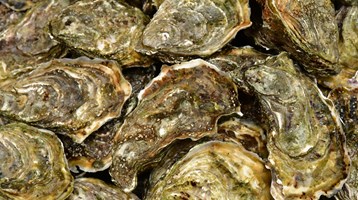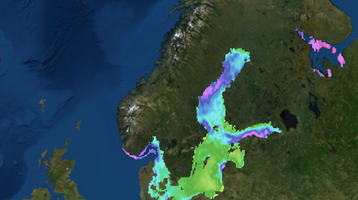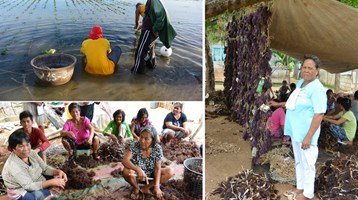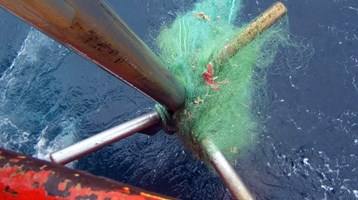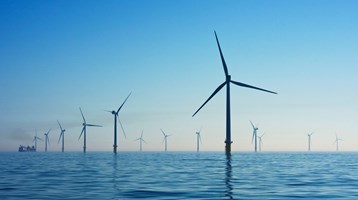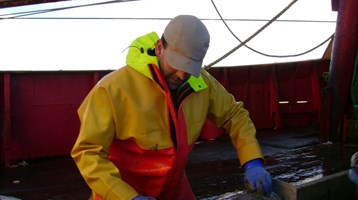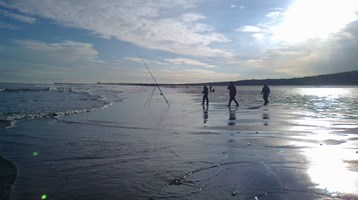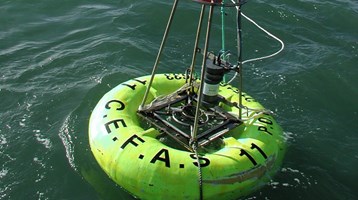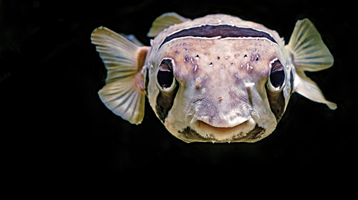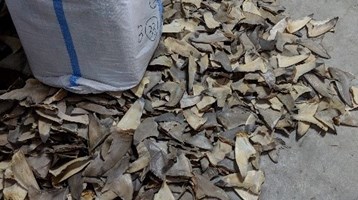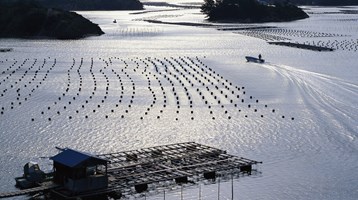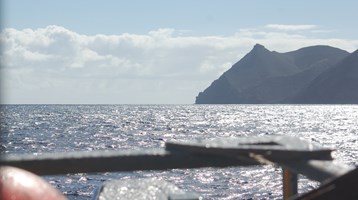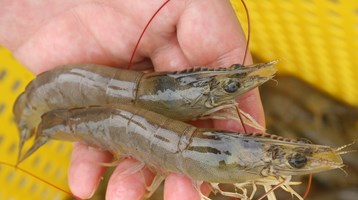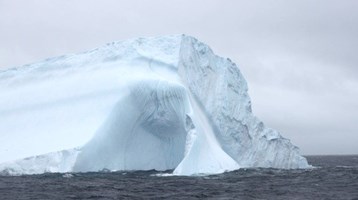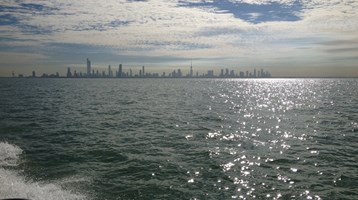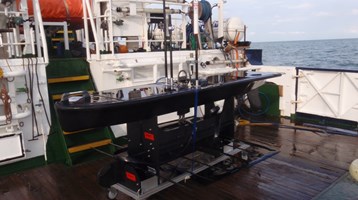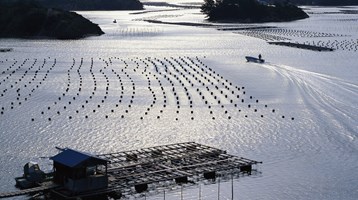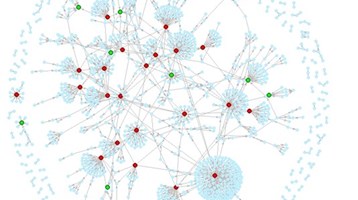Surveying seagrasses in the Pacific
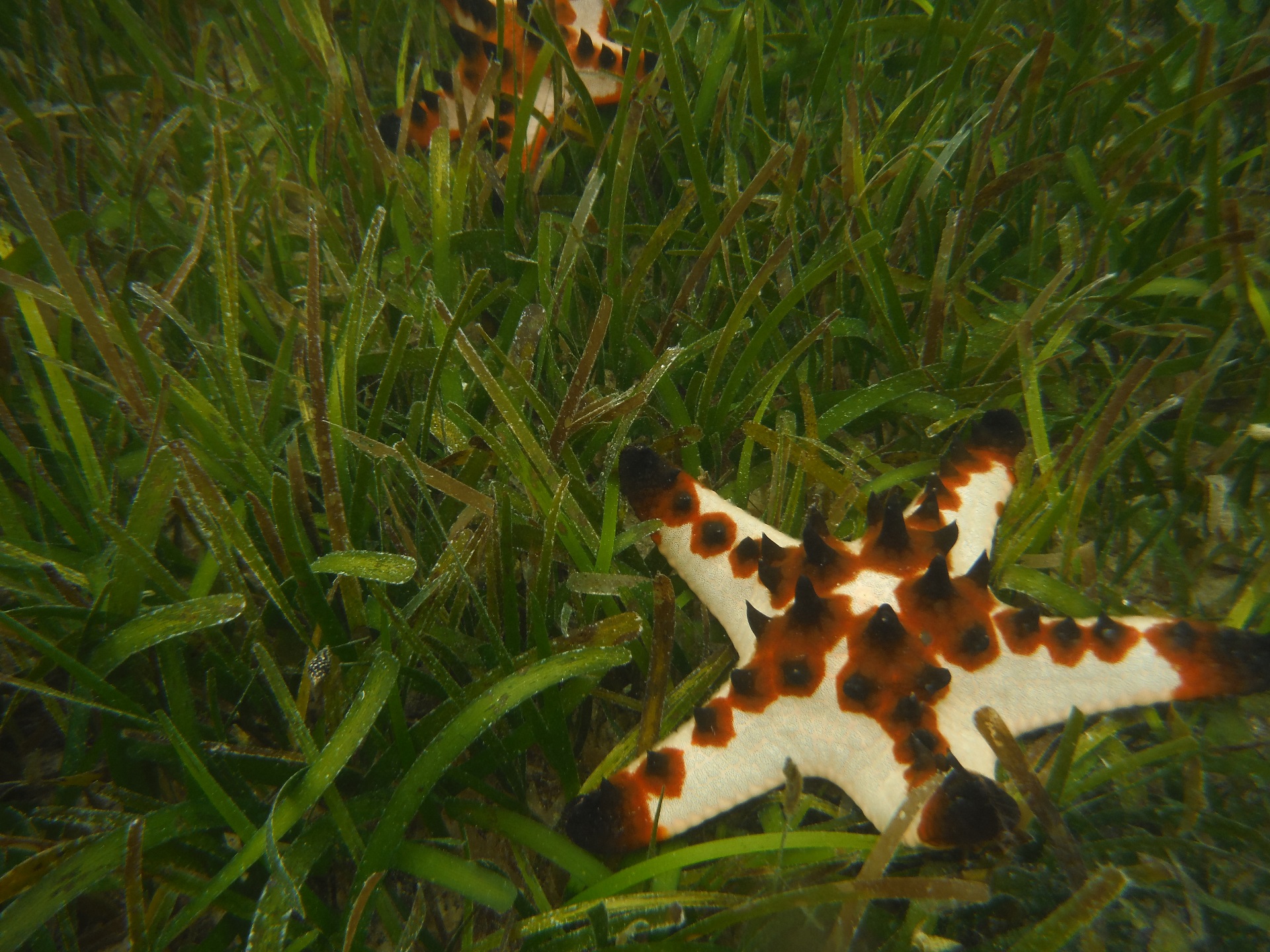
Seagrass meadows are globally important, providing many ecosystem services including food and coastal protection. Seagrasses are also a key “blue carbon” marine habitat. They capture carbon dioxide from the atmosphere and store it inside their leaves and roots as well as in the sediment for long periods of time. Blue carbon habitats may help to mitigate against climate change, but degradation of these habitats can result in releasing stored carbon and the loss of this carbon capture service in the future. Understanding the condition and extent of seagrasses can help to inform future management of these important habitats.
Through the Commonwealth Marine Economies Programme, Cefas undertook work in Efate Island, Vanuatu in the Pacific during 2017 and 2018. Joining in with other ongoing seagrass monitoring studies, this study in Efate assessed the health and diversity of the island’s intertidal seagrasses understand their vulnerability to human pressures as well as climate change. Carbon content in the seagrass plants, roots and the sediment underneath was also measured, to generate some initial estimates of the “blue carbon” potential of these seagrass meadows.
Seagrasses protect coasts, provide food and store carbon dioxide
This study contributed vital data to blue carbon research within the Pacific and provided a baseline for future work. This data has been fed into a wider project to validate satellite data to produce a map of the distribution of intertidal and subtidal seagrasses in Vanuatu. This information does not exist to date and so will help in establishing a baseline in order to accurately monitor and understand future changes, allowing effective management and protection. Throughout this project Cefas has also been helping to provide training within Vanuatu, such as vessel-based underwater camera surveying, intertidal seagrass surveying and analysis workflow for seagrass blue carbon studies.
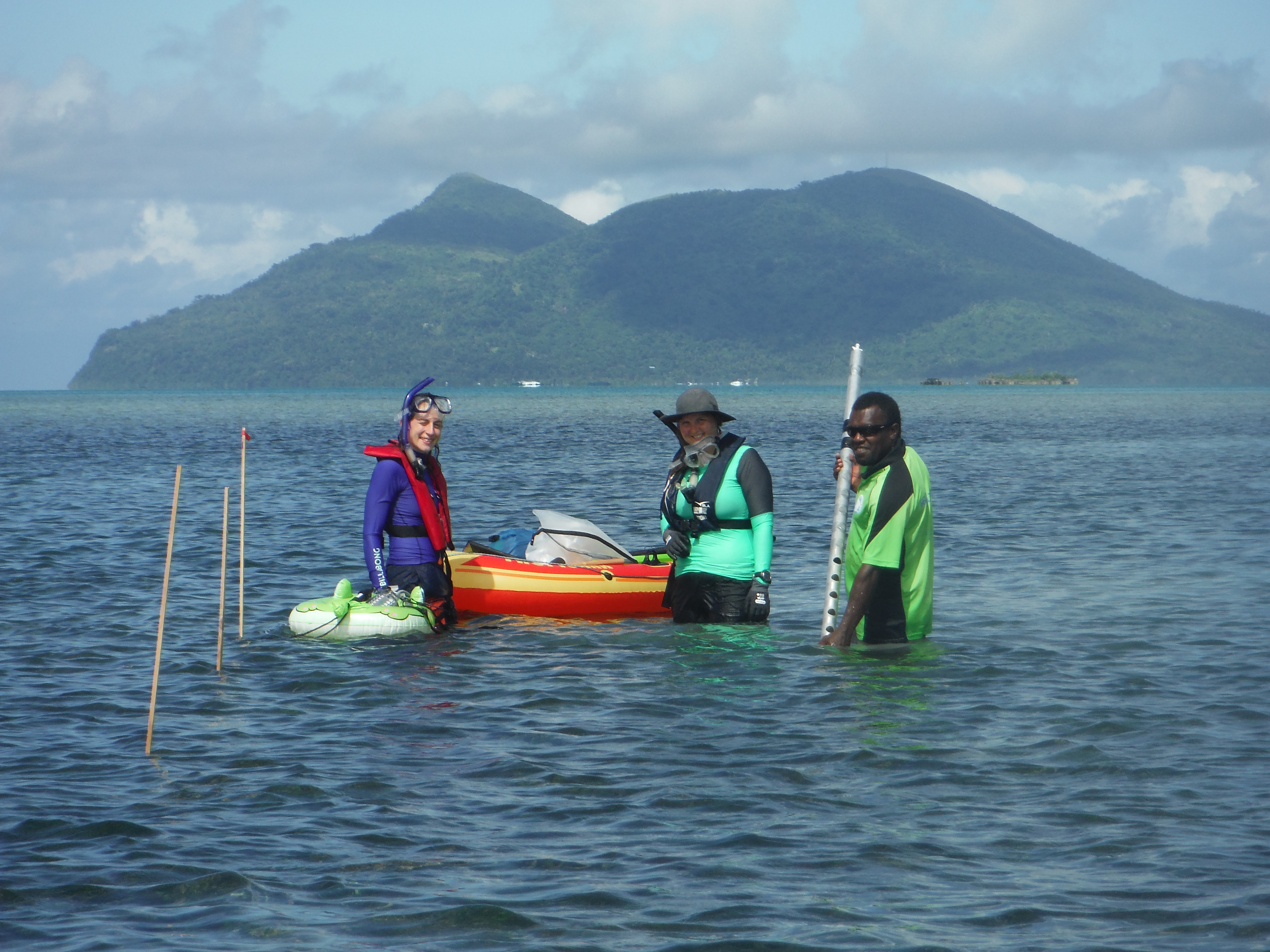
three scientists standing in the sea deploying scientific equipment
Related to this article
Topic
Case studies
People
Further Reading


Working for a sustainable blue future
Our Science

